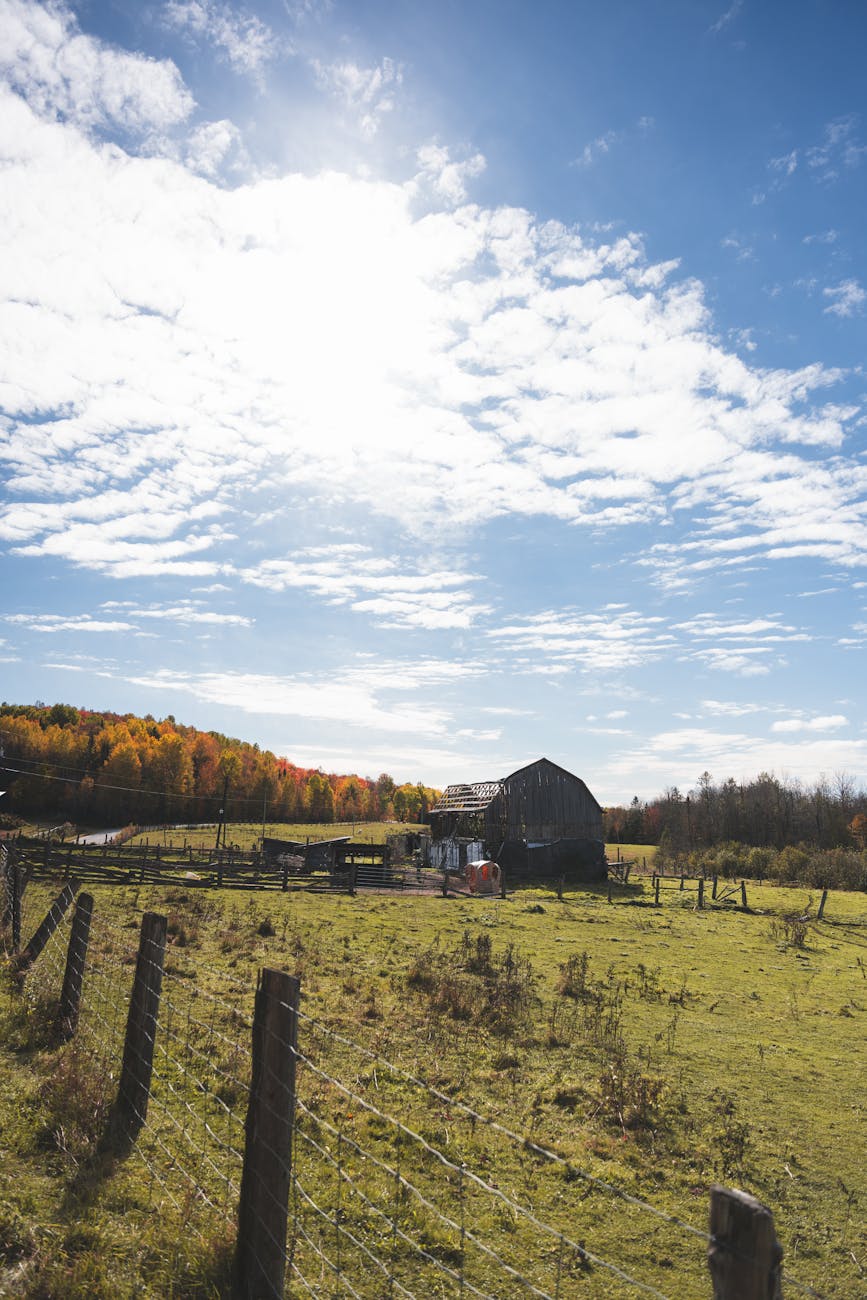Welcome to this hall on the Title: Uses and maintenance of farm structures and buildings.
CONTENTS
- Introduction to the uses and Maintenance of farm structures
- Key uses of farm structures
- Maintenance of farm structures
Introduction
Learn the essential uses and maintenance tips for farm structures, from storage facilities to livestock housing, ensuring your farm stays efficient and productive. Discover expert advice on prolonging the life of your farm buildings.
Farm structures play a critical role in the success and efficiency of agricultural operations. Whether it’s housing livestock, storing crops, or providing space for farm equipment, well-designed and maintained structures ensure that farms run smoothly. Understanding the various uses and proper maintenance of these structures can help farmers maximize their investment and keep their operations efficient. In this hall, we’ll explore the essential uses of farm structures and offer expert tips for maintaining them to prolong their lifespan and functionality.

See Also
- Functions of farm managers, meaning and problems
- Farm planning, meaning and it’s Importance
- Importance of Farm survey and survey instruments
- Farm accounts and farm records, types and importance
Key Uses of Farm Structures
Farm structures are designed to serve a wide range of purposes on agricultural properties. Some of the most common uses include:
1. Storage Structures
- Barns, silos, and granaries: Used for storing harvested crops (like grains, hay), agricultural inputs (seeds, fertilizers), and equipment.
- Cold storage units: For storing perishable goods, such as fruits, vegetables, and dairy products to maintain freshness.
- Warehouses: For storing large quantities of products for longer periods.
2. Livestock Housing
- Stables, coops, and pens: Provide shelter and protection for animals like cattle, pigs, poultry, and sheep. These help maintain animal health and productivity.
- Dairy parlors: For housing milking equipment and facilitating the milking process.
3. Processing Units
- Milling or threshing sheds: Used for processing crops such as rice, corn, or wheat.
- Packing houses: For sorting, packing, and preparing crops for the market.
4. Water Management Structures
- Irrigation channels, dams, and ponds: Facilitate water storage and management for crops and livestock.
- Rainwater harvesting systems: Used to collect and store water for future use.
5. Workshops and Garages
- Tool sheds, workshops, and garages: For storing tools and machinery, as well as carrying out repairs and maintenance on farm equipment
6. Farmhouses/Residential Buildings: Provide living quarters for farm workers and the farm owner.
Maintenance of Farm Structures
1. Regular Inspections: Conduct frequent inspections to check for wear and tear, pest infestations, structural damage, and water leakage. Early detection helps prevent costly repairs.
2. Pest and Rodent Control: Implement measures to control pests and rodents that may cause damage to stored crops, equipment, or wooden structures.
3. Weatherproofing and Insulation: Ensure that structures are weatherproof to prevent water damage and temperature extremes from affecting crops, animals, or machinery. Repair roofing, siding, and insulation regularly to maintain effective protection.
4. Cleaning and Sanitation: Clean animal housing, storage areas, and processing units regularly to prevent the buildup of waste, mold, and disease-causing pathogens.
- For livestock housing, ensure proper ventilation and regularly clean feeding and watering areas.
5. Structural Repairs: Strengthen weak parts of the structures such as beams, columns, doors, and windows to avoid collapse, especially in barns and silos.
- Repair or replace damaged roofs, walls, and foundations.
6. Painting and Sealing: Periodically paint or seal wooden and metal structures to protect them from rust, rot, and insect attacks.
7. Irrigation and Drainage Maintenance: Clean irrigation channels, water storage tanks, and drains to ensure smooth water flow and prevent clogging, which could damage crops or infrastructure.
8. Machinery Storage: Store machinery and tools in a covered, dry space. Ensure that garages and sheds are free of moisture to prevent rust and deterioration of equipment.
By keeping farm structures well-maintained, you extend their lifespan, reduce repair costs, and enhance overall farm productivity.
